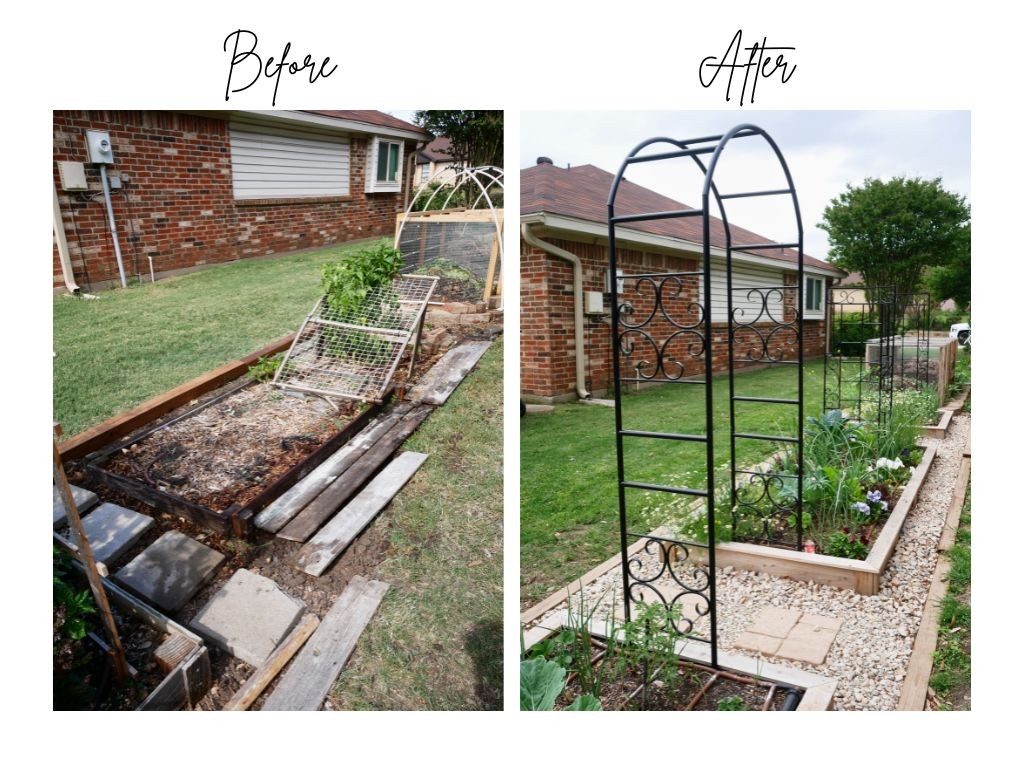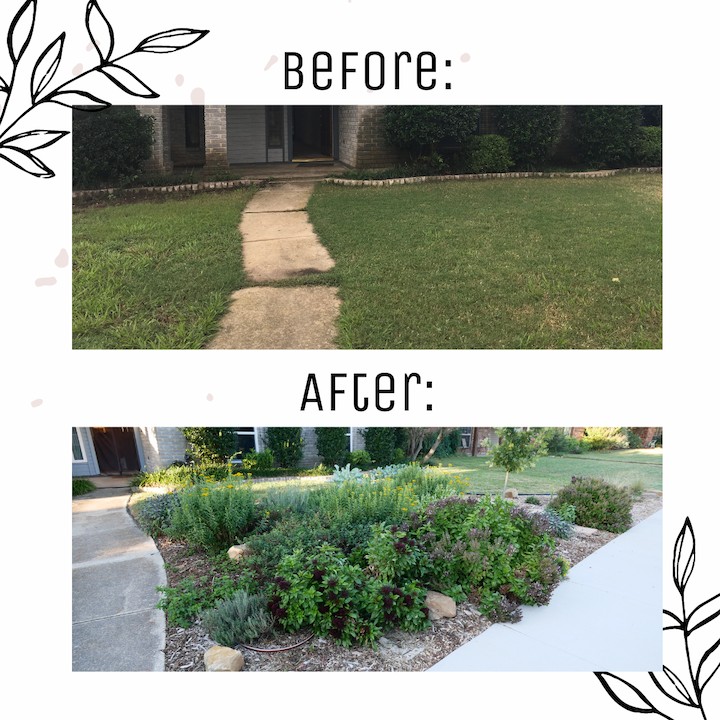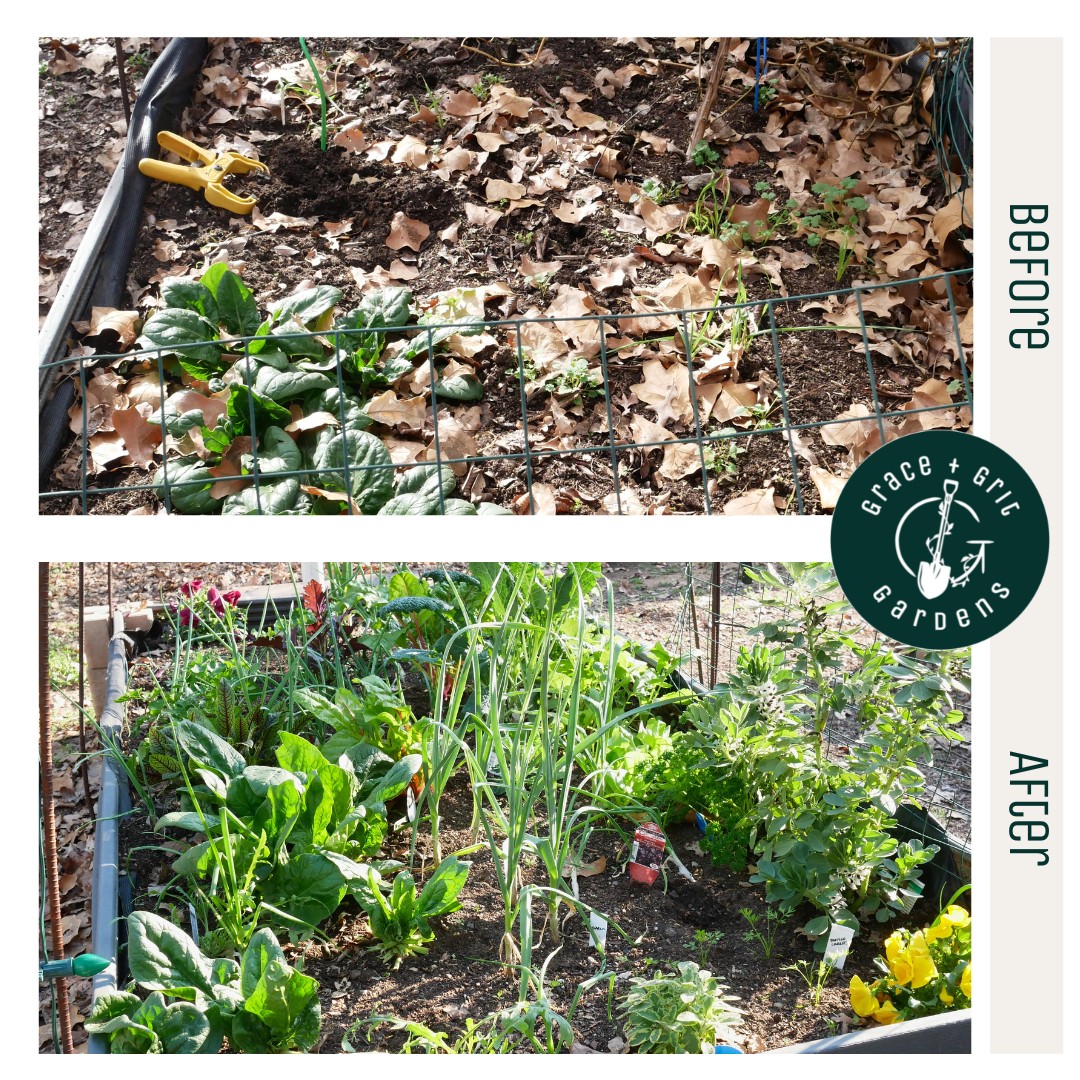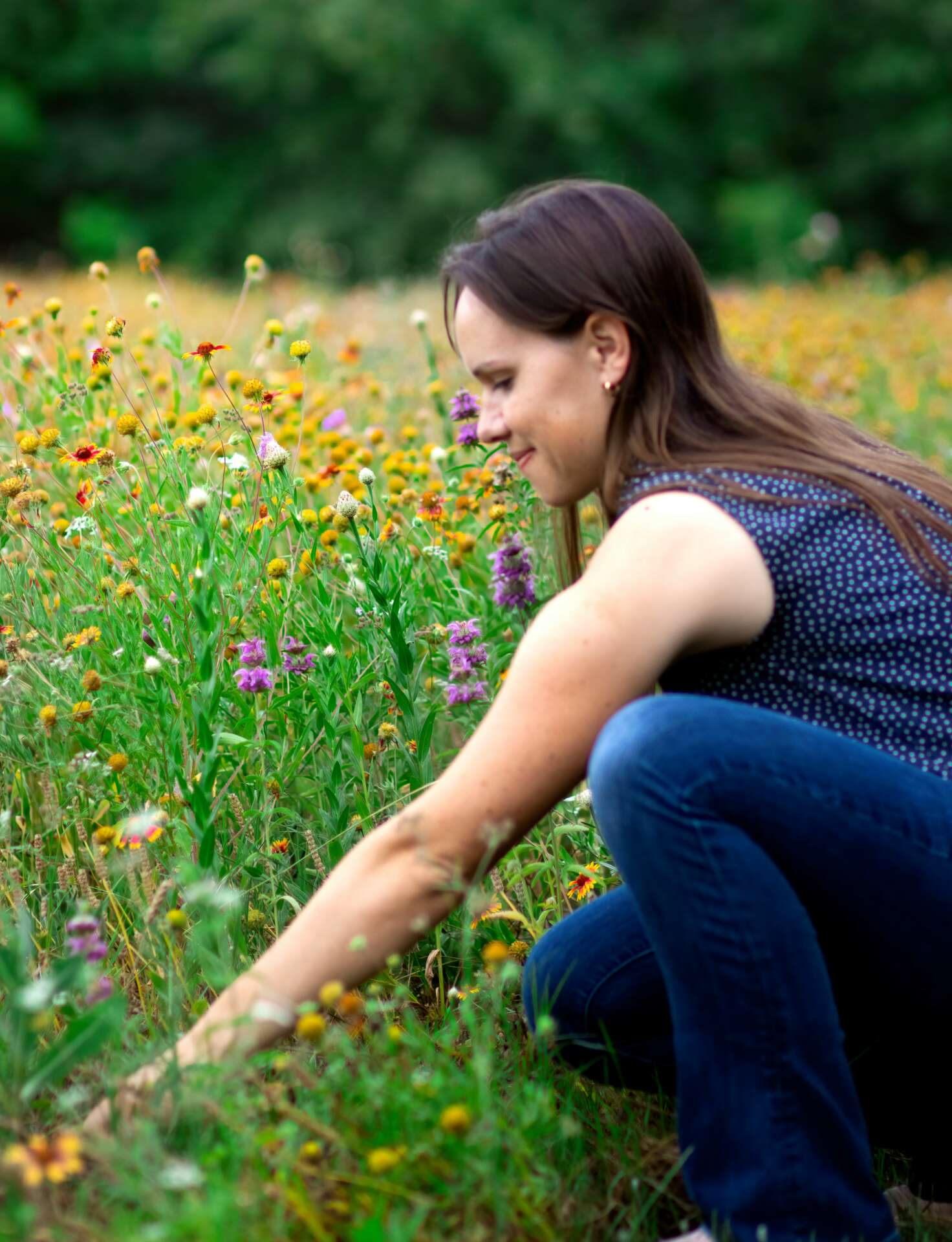We recently connected with Chelsea Schleifer and have shared our conversation below.
Alright, Chelsea thanks for taking the time to share your stories and insights with us today. We’d love to have you retell us the story behind how you came up with the idea for your business, I think our audience would really enjoy hearing the backstory.
After five years of growing a variety of gardens on my own property, I noticed a pattern of conversations with friends (and strangers!) where I was troubleshooting their garden for them. Growing my own food, regenerating the soil around my home, attracting pollinators, and enjoying the outdoors through gardening have become such passions of mine, I wanted to help others do the same but also help them avoid the troublesome mistakes I made in my own journey. With eight years’ teaching experience already under my belt, I wondered if teaching about gardening could be an occupation.
Googling “garden coaching” led me to excellent resources, thus giving birth to the idea of starting a small business. My confidence grew after completing a training course with the Garden Coach Society, which truly gave me the gusto to launch my business into the real world. Now I am a certified Garden Consultant with Gardenary and the owner of Grace & Grit Gardens.


Great, appreciate you sharing that with us. Before we ask you to share more of your insights, can you take a moment to introduce yourself and how you got to where you are today to our readers.
Learning how to garden can be overwhelming, frustrating, and unfruitful. When I work with a client, I help them fly through the learning curve and get to the enjoyment.
I initially specialized in edible gardening, and more specifically organic kitchen gardens. Unlike the large-scale production of a farm or homestead, kitchen gardens tend to be just one or a handful of raised garden beds easily accessible from the house where a client can grow supplemental foods that they harvest easily from yard to kitchen.
After gaining some traction in this area, I realized there was also demand for an expert in native plant landscapes and pollinator gardens. So many Texans lost plants in the crazy freezes over the past three years, and they are reluctant to replace those dead plants with more of the same, fearing another crazy freeze will take out the new plants too! As a result of this need, I expanded my offerings to include native/pollinator gardens, where we plant only super-tough Texas natives that will withstand extreme freezes and droughts far better than any imported varieties. While I love helping humans grow their own food, I’m also helping property owners grow food for the bees and butterflies. I’m on a mission to add life to as many landscapes as a possible!

Let’s talk about resilience next – do you have a story you can share with us?
When I tell people what I do for work, they almost always immediately start confessing how many plants they’ve killed. I am the confessional for plant murderers. It’s quite funny, actually, in the predictability of it. But here’s the thing: everyone kills plants, even the master gardeners and folks who have been gardening forever. The difference is that a master gardener kills far fewer plants than the average non-gardener because they’ve learned a lesson from each plant death and seek to avoid that mistake in future. Working with nature is predictably unpredictable: you can never account for every weather condition, pest, or other surprise that will throw off your carefully laid plans. But that’s not a reason to quit! It’s a reason to come up with a new strategy, do some more research, and pick that wheelbarrow up to try again. That’s partly why I love gardening – in my thirst for knowledge, there’s no end to the amount of information I can acquire about plants.

We often hear about learning lessons – but just as important is unlearning lessons. Have you ever had to unlearn a lesson?
My first garden was carefully planned. I fastidiously observed the patterns of sunlight in my backyard, counting the hours to ensure adequate light for my perfect garden. Then I built my first raised bed out of reclaimed cedar fence pickets, filled it with rich, dark soil, and meticulously planted seeds. Everything sprouted beautifully…and then the season changed. The sun arced lower in the sky and the trees directly south of my garden cast shade where they had not during the summer. Every cute sprout in my garden stayed exactly 3 inches tall for three whole months until the season changed again and that spot finally got more sunlight. My perfect garden wasn’t so perfect after all! I had made one of the biggest rookie mistakes in gardening: not accounting for the surrounding elements (like existing trees, fences and other structures) and their role in the amount of sunlight in the space. Now it’s my goal to help others avoid silly, but costly, mistakes like this one.

Contact Info:
- Website: www.graceandgritgardens.com
- Instagram: https://www.instagram.com/grace_and_grit_gardens/
- Facebook: https://www.facebook.com/graceandgritgardens
Image Credits
Lauren Benavidez Photography


